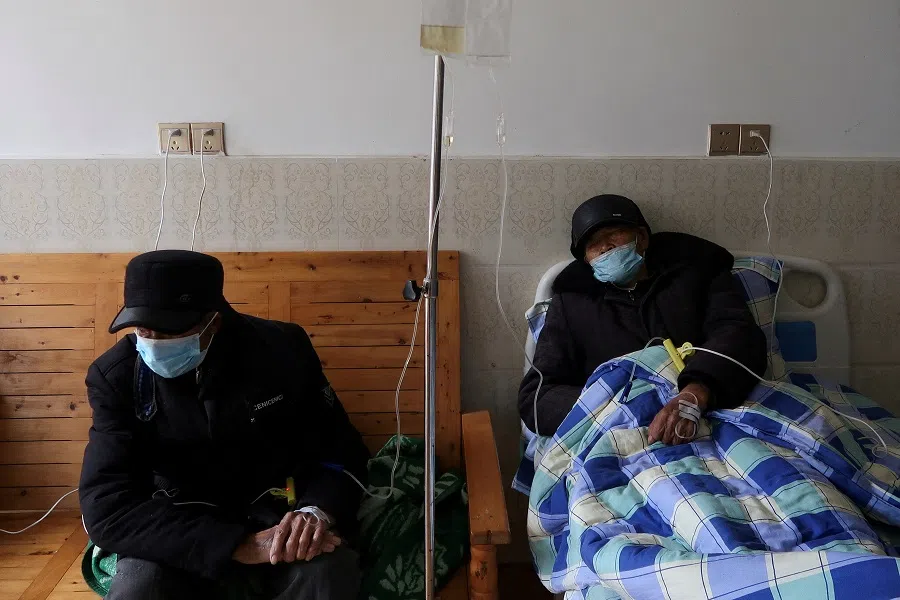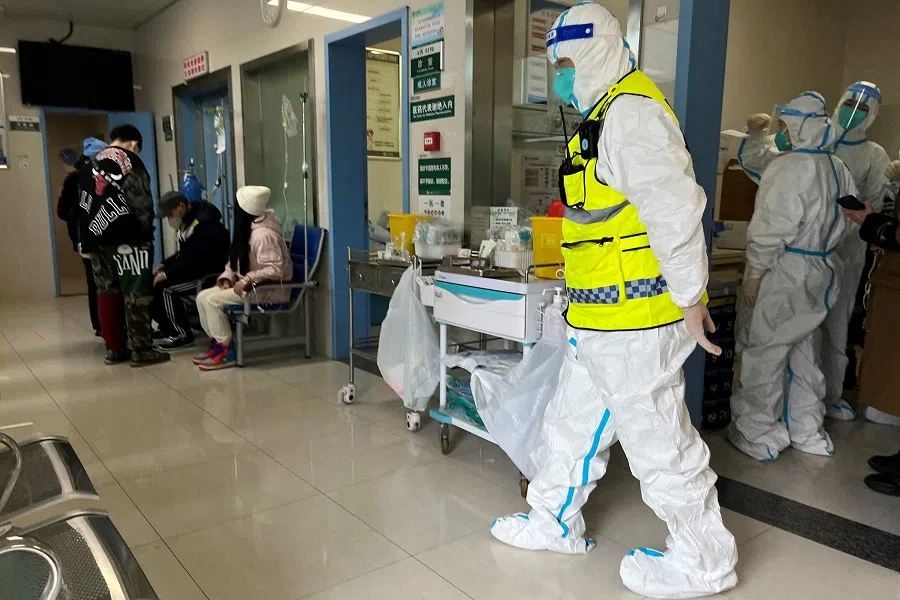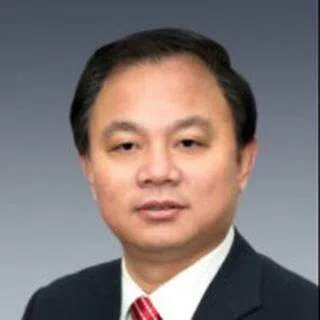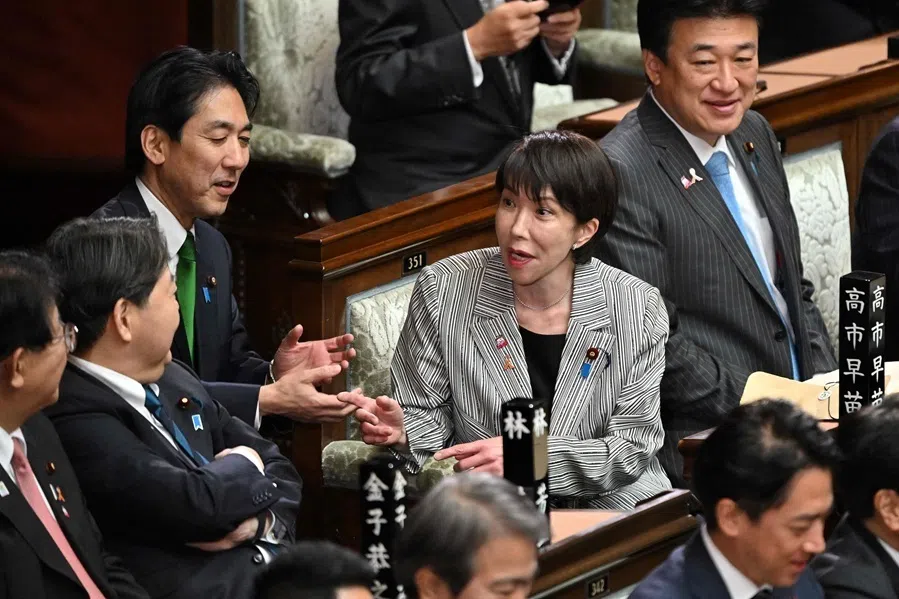When heroes and the corrupt coexist: Rooting out medical corruption in China
Commentator Tan Haojun highlights the many grey areas that the people in white in China find themselves in, amid an all-out anti-corruption campaign in the medical sector. It may be unimaginable that the same sector lauded for brave work during the pandemic is under investigation for rampant corruption. The reality is that heroes and the corrupt coexist, and only by reining in those hungry for power and profit can the system start to rid itself of the bad hats.

China's "centralised rectification" of medical corruption signifies all-out anti-corruption efforts and a "zero tolerance" for corruption in the medical sector.
Anti-corruption is an ethos that must be upheld in the medical profession. Medical corruption has always been of great interest to the public and those concerned with its prevention and crackdown. However, in reality, the problems have not been effectively addressed, and some of them are even downright shocking.
The Central Commission for Discipline Inspection magazine (《中国纪检监察杂志》) reported that a linear accelerator - a radiation oncology machine - typically costs 15 million RMB (roughly US$2 million) to import. However, the cost was inflated to 35.2 million RMB, more than double the usual cost, when it was brought in by the director of Pu'er People's Hospital in Yunnan. This suggests that the director had accepted over 16 million RMB in bribes in one fell swoop - what audacity.
Unimaginable numbers
In Jingdong county, under the jurisdiction of Pu'er, 403 healthcare practitioners voluntarily owned up, returned the bribes they had accepted and handed over their ill-gotten gains. The sheer number of people involved is just unimaginable.
Since August, hospital directors and party secretaries have been put under investigation almost daily. Some statistics show that since January, at least 168 hospital chiefs, double that in 2022, have been investigated across China.
Even more incredibly, according to the official website (南粤清风网) of the Guangdong Provincial Commission for Discipline Inspection, after the director of Tanzhou People's Hospital was investigated, the per-person costs for outpatient and inpatient services between January and May dropped by 16.6% and 21.4% respectively, with per capita cost of medical care falling by over 1,400 RMB. Should we call this an achievement or a benefit?
To patients, this concerns their life and health; to the patient's family, this could mean saving up, borrowing money or even sliding back into poverty due to illness.
None of those corrupt occupying important positions have to worry about survival, and neither are any of their families poor.

While these corruption cases appear relatively unrelated and are spread out in different regions, they are all cases of medical corruption. Until now, only the hospital chiefs have been the targets of investigation. But as rectification efforts deepen, problems with procurement processes; the outsourcing of medical services; and the designation of over-the-counter medicines will be exposed one by one. When that happens, it will be worth paying attention to other corruption-plagued areas.
Key hospitals at the provincial, municipal and county levels, as well as township and community hospitals, have been investigated and dealt with, covering a wide range of areas and involving many layers. As a Chinese saying goes, "Birds die in pursuit of food (鸟为食亡)" for the sake of survival, but the corrupt, on the other hand, don't do it to survive but to satisfy their greed. None of those corrupt occupying important positions have to worry about survival, and neither are any of their families poor.
Which chain of corruption did the rectification efforts cut off?
The anti-corruption campaign in the medical sector cuts off the tail of corruption that grows in the medical field. The key is whose tail is being cut off, how much of it and how to keep the tail from regrowing. Without practical and effective measures, the corrupt could turn into nine-tailed foxes, not only harming people but even swallowing them whole in serious cases. Thus, their tails have to be cut off completely.
In the medical sector, just looking at the various health conferences that have been cancelled is indicative. Some statistics from Economic View (中新经纬) show that several academic conferences have been postponed. Over 160 hospital chiefs and party secretaries have been put under investigation, highlighting the chaos the sector is in.
Shrewd medical representatives are quietly making their exits, disappearing from the public eye.

In the pharmaceutical sector, according to media reports, a reporter managed to join a pharmaceutical industry group chat in which several medical representatives "shared" about anti-corruption developments in their provinces; the mood was uneasy and tense.
Shrewd medical representatives are quietly making their exits, disappearing from the public eye. But it is perhaps not up to them to decide just how long they can stay invisible. As soon as their case comes to light, they will be exposed - not as a "medical representative" but as a party offering bribes.
A flurry of news has also come from the pharmaceutical manufacturing industry recently. For example, due to a recent bout of corruption allegations, the market value of Jiangsu Hengrui Pharmaceuticals Co., Ltd., known as the "Moutai of the pharmaceutical industry", went down by 63 billion RMB in ten trading days. Although the enterprise tried its best to deny the allegations and claimed to have made a police report, they could not stop investors from voting with their feet or change the fact of their plunging stock prices. No one would believe this has nothing to do with anti-corruption either.
How many enterprises will be implicated or even put under investigation amid the crackdown on corruption in the medical sector? How many corrupt individuals in the pharmaceutical manufacturing industry will be arrested? In July alone, two actual controllers of listed pharmaceutical companies were put under investigation.
The actual proportion of these marketing expenses that are legitimate or spent on normal publicity efforts needs to be and should be supervised.

Medical devices, medical equipment and medical consumables manufacturing are not to be neglected as well. According to a special audit and investigation report on pharmaceutical consumables in Guangdong province, China's National Audit Office found that between 2021 and May 2023, the top 50 pharmaceutical enterprises in Guangdong in terms of gross drug product, achieved a total operating revenue of 151.183 billion RMB and total marketing expenses of 44.617 billion RMB, accounting for a whopping 30% of the total.
Among them, third-party service expenses involving "promotion", "consultation" and "services" amounted to 28.906 billion RMB, accounting for 64.79% of marketing expenses. The actual proportion of these marketing expenses that are legitimate or spent on normal publicity efforts needs to be and should be supervised. The enormity of the figure suggests that the number of people and departments involved must be huge as well.
Not everyone will be uneasy
In the face of an anti-corruption campaign in the medical sector, many people are immediately reminded of the huge number of healthcare workers who rushed to the frontline during the pandemic; the medical workers who collapsed on the operating table from exhaustion; the healthcare workers who have been overworked for a long time; and the production, management and transport of drugs, medical equipment and medical consumables to the hospitals during the Covid-19 outbreak...
A perception is that medical workers and drug manufacturers who have the people's best interest at heart will not be corrupt, while the corrupt will never be so.

It is not wrong to feel this way as there is indeed such a contrast in the medical system. Selfless behaviour exists alongside corrupt practices, and heroes and the corrupt coexist. This then requires everyone, when faced with anti-corruption issues, to have an analytical eye and a thinking brain that separates the touching stories from the problems and discerns between the troublemakers and the selfless.
A perception is that medical workers and drug manufacturers who have the people's best interest at heart will not be corrupt, while the corrupt will never be so. Another view is that the corrupt will never be true medical professionals or drug manufacturers because real medical professionals and drug manufacturers will never be corrupt.
The emergence of serious corruption in the medical sector is due to people who use power as a weapon, see profit as a bargaining chip, and treat responsibility as child's play. They care about nothing else aside from profits. Compared with medical workers who rushed to the frontline during the pandemic, they do not deserve to work in the medical system at all, much less occupy important positions.
The medical workers and enterprise employees who quietly work at their jobs deeply detest corruption issues too and hope to serve the community in a better environment, in a better state, and with better resources. They hope that all corrupt individuals will be brought to justice and that the tail of corruption will be completely cut off for good.
This article was first published in Lianhe Zaobao as "中国医药腐败触目惊心".





